History
Walter and Andrée de Nottbeck belonged to the von Nottbeck family, which had great influence in the development and industrialization of Finland during their long involvement with the Finlayson factory in Tampere in the 19th century. Walter and Andrée de Nottbeck moved to Switzerland at a young age, but they decided to use the assets they had in Finland to a non-profit foundation established in Finland. The foundation was established in December 1970, after Walter de Nottbeck’s death. According to the statutes, the foundation supports primarily environmental research made possible by technical development. In the beginning of 1973 cowork was initiated between the foundation and Tvärminne Zoological Station, University of Helsinki.
The research activity began with a thorough investigation of coastal microbiology, especially bacteria and yeasts. During the 1980’s the relation between algae and bacteria was studied in the open waters of the northern Baltic Sea. After that research has focused on the role of mixotrophic organisms in the Baltic ecosystem, sea ice organisms, the ecology of shallow coastal waters, the relation between zooplankton and phytoplankton, and relation between planktivorous fish and microorganisms, as well as cyanobacteria and their influence on the ecosystem. Recently the research has focused on ecosystem level questions in order to understand how functional biodiversity and biogeochemistry is coupled with eutrophication and climate change.
In order to strengthen and coordinate the research sponsored by the Foundation, it has donated funds to the University of Helsinki for a professorship at Tvärminne Zoological Station for five year periods in 2002-2006, 2007-2011 and 2012-2016. The Foundation concluded a new cooperation agreement with the University of Helsinki in September 2016 in order to continue jointly finance the professorship in the Baltic Sea research. In addition, the Foundation finances a tenure track professorship in Baltic Sea functional biodiversity research during 2018 - 2022. In 2023 the foundation established a senior researcher post for five years and a post doc post for three years.
Jorma Kuparinen on a sampling cruise together with Torsten Sjölund and Timo Tamminen (1982).
Pentti Väätänen taking sterile water samples in order to study marine microbes (1976).
Elina Salminen making diatom preparations for Guy Hällfors (1980).




